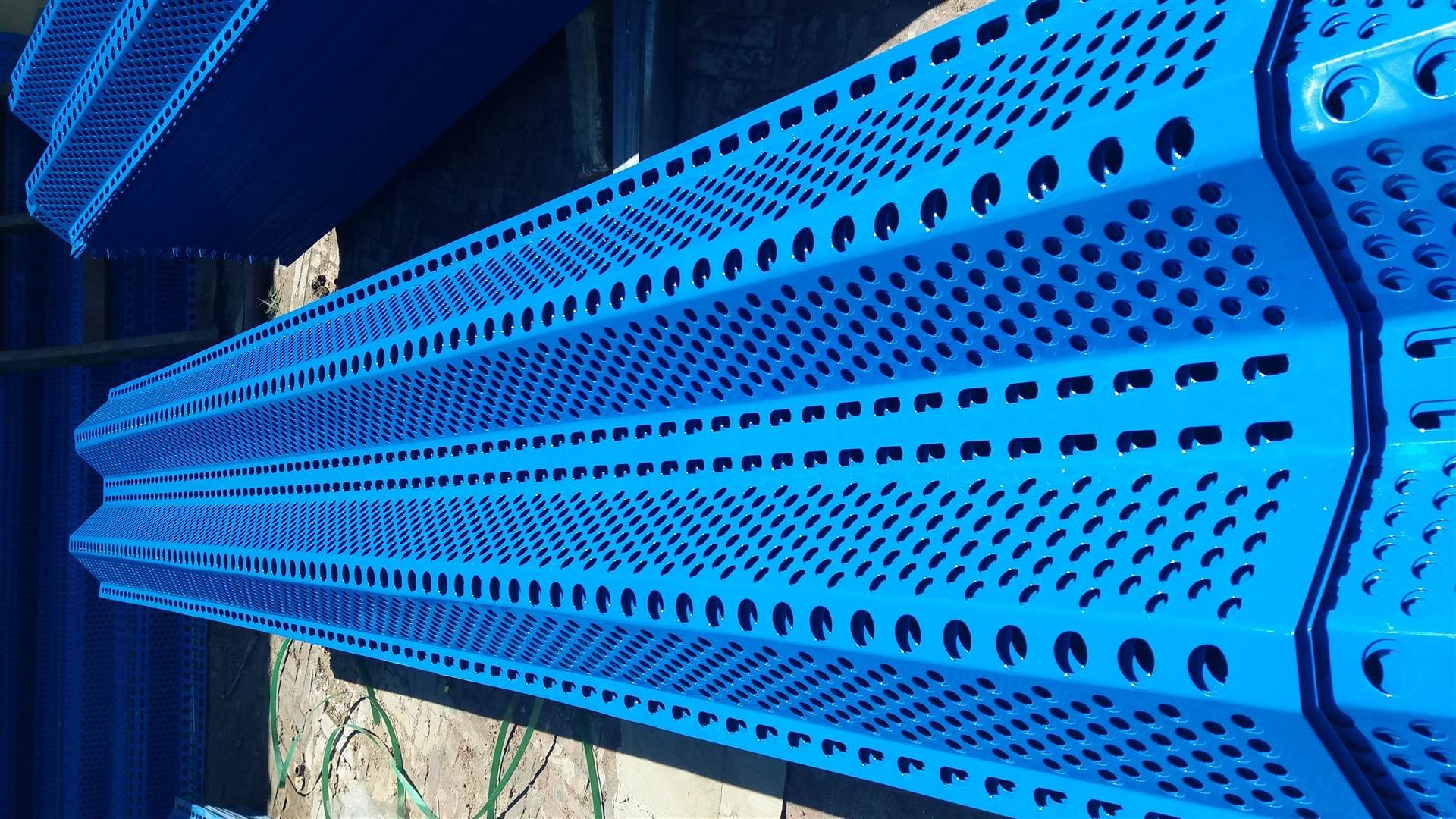The Role of Acoustic Barrier Products in Noise Management
In today's fast-paced world, noise pollution has become an increasing concern for urban areas and industrial zones alike. As cities expand and industries grow, the imperative to manage noise for both regulatory compliance and public health has never been more critical. One of the most effective solutions to combat this issue is the use of acoustic barrier products. These structures are designed to mitigate sound, creating quieter environments for both residential and commercial settings.
Understanding Acoustic Barriers
Acoustic barriers, commonly referred to as sound barriers, are physical structures that block or deflect sound waves, reducing the noise that travelers and residents experience. These barriers can be made from various materials, including concrete, wood, and specialized acoustic panels. The effectiveness of an acoustic barrier is determined by its height, length, mass, and the material's sound-absorbing properties.
The concept of acoustic barriers originated in the 1950s and has since evolved, incorporating advanced engineering and material science to enhance sound insulation properties. Today’s barriers not only improve noise control but also blend into the environment aesthetically.
Applications of Acoustic Barriers
1. Transportation Corridors One of the primary uses of acoustic barriers is along highways and railways. Vehicles and trains generate substantial noise, which can disrupt nearby communities. By installing barriers, transportation departments can significantly decrease the noise levels reaching residential areas, improving the quality of life for the people living near major thoroughfares.
2. Industrial Areas Industries often produce considerable levels of noise that can affect surrounding neighborhoods. Acoustic barriers are installed around factories and manufacturing plants to minimize sound transmission. This not only adheres to noise regulations but also fosters better relationships between industrial entities and the communities they operate in.
3. Urban Development Projects As urbanization continues, developers are increasingly aware of the need for noise mitigation. Acoustic barriers are often integrated into the design of buildings, parks, and recreational areas, ensuring that public spaces remain tranquil despite the hustle and bustle of city life.
acoustic barrier products

4. Residential Areas Homeowners can also benefit from acoustic barrier products. They can be used in backyards, patio areas, and around swimming pools to create a serene escape from urban noise, enabling families to enjoy their outdoor spaces in peace.
Benefits of Acoustic Barriers
The advantages of employing acoustic barriers are multi-faceted. Firstly, they contribute to public health by reducing noise-related stress and disturbances, which have been linked to various health issues, including sleep disorders, high blood pressure, and anxiety. By fostering a quieter environment, acoustic barriers can enhance overall well-being.
Secondly, these products can lead to increased property values. Homes located near noisy roadways or industrial sites can benefit from reduced noise levels, making them more attractive to potential buyers. This is an essential factor in real estate, where a peaceful environment often correlates with higher market demand.
Moreover, acoustic barriers support compliance with local and federal noise ordinances. As cities enforce stricter noise regulations, businesses and developers that implement effective noise control measures can avoid penalties and enhance their reputation in the community.
Selecting the Right Acoustic Barrier
When choosing an acoustic barrier, several factors must be considered, including the specific type of noise being addressed, the surrounding environment, and local regulations. The design and height of the barrier should be tailored to the noise source's distance and intensity. Consulting with acoustic engineers or noise control specialists can provide valuable insights into the most effective solutions.
Conclusion
As society becomes increasingly aware of the impact of noise pollution, the significance of acoustic barrier products cannot be overstated. They serve as a vital tool in creating peaceful urban environments, contributing to public health, property values, and community satisfaction. With continued innovations in design and materials, the future of acoustic barriers looks promising, providing effective solutions to one of the modern age's most persistent challenges. Investing in these products is not just an enhancement to infrastructure; it's an investment in the quality of life for current and future generations.
-
The Best Metal Mesh Solutions: Expanded Aluminum Metal vs. Expanded Stainless Steel Metal
NewsSep.10,2024
-
Round Perforated Sheets vs. Hexagonal Perforated Sheets vs. Embossed Perforated Sheet Metal
NewsSep.10,2024
-
Perforated Metal Sheets
NewsSep.10,2024
-
Experience The Excellence Of Stainless Steel Grating
NewsSep.10,2024
-
Discover the Versatility Of Metal Mesh Expanded Forming Machines
NewsSep.10,2024
-
Discover The Advantages Of Steel Grating For Sale
NewsSep.10,2024
Subscribe now!
Stay up to date with the latest on Fry Steeland industry news.

